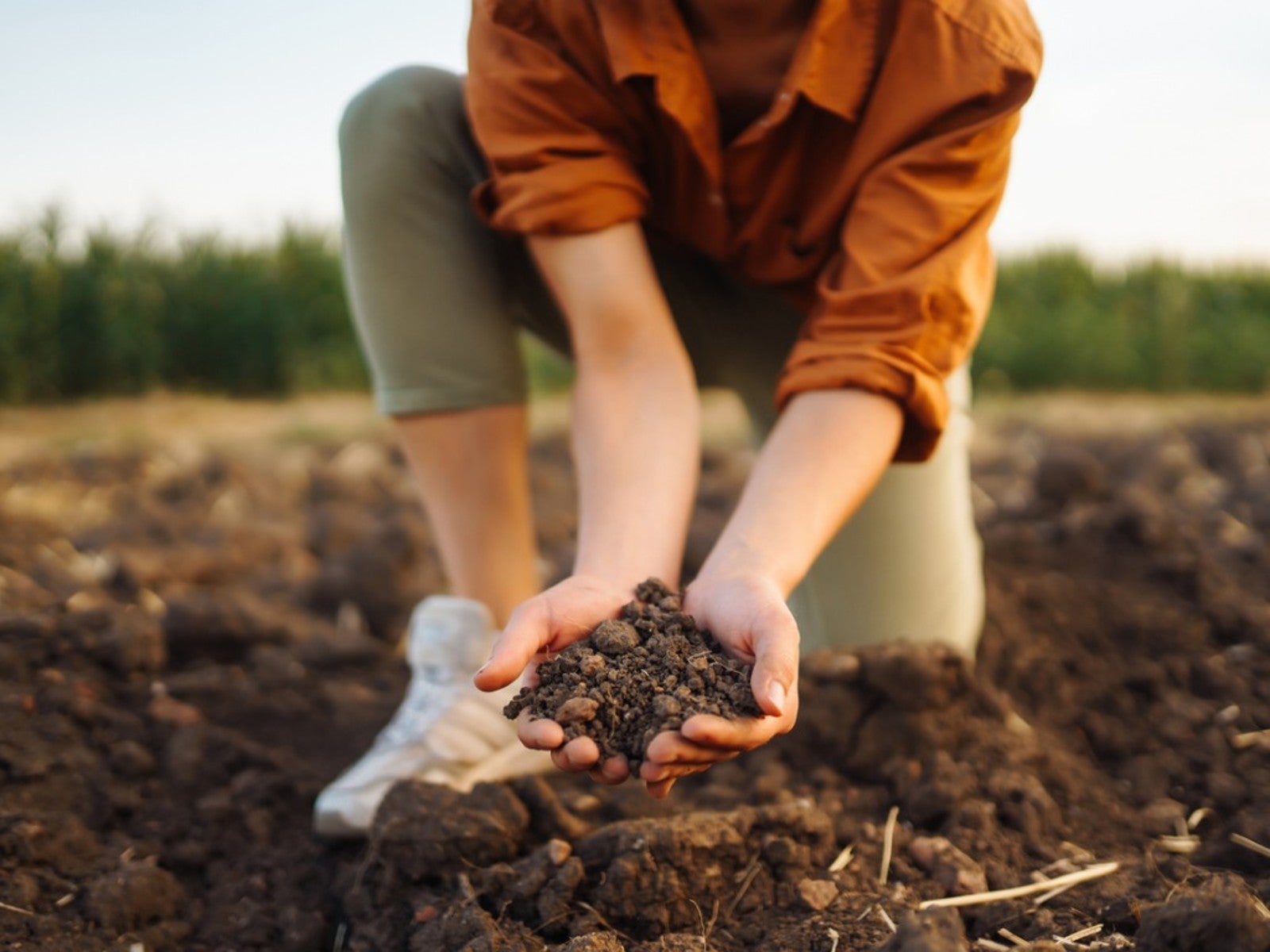What Is Silt And How Does It Impact Soil


What is silt soil? In gardening circles, silt rarely receives the credit it deserves. Yet, soil components vary in how well they drain or hold water, and in their ability to retain nutrients. Identifying silt and understanding its value in the soil are important aspects of gardening.
Silt Definition
Silt is defined by its particle size. At a diameter between .002 and .05 mm, silt falls into the second smallest grain size in the particle grade scale, with clay being the smallest and boulders the largest.
Silt is formed when larger rocks, particularly quartz and feldspar, are eroded by wind and water. Glaciers, flowing water, and wind grind these eroded rock particles against each other or other objects in the landscape to form this dust-like material.
Properties of Silt
Silt is a component of soil, as are clay and sand. Silt particle size lies between that of clay (less than .002 mm.) and sand (.05 to 2 mm.) and differs from these materials in the following ways:
- Texture - Dry silt feels smooth, with a floury texture. A clod of dried silt will easily crumble and break down into a powder when pressed between the fingers. Dry clay forms hard, compact clumps which are difficult to break. Sand has a gritty texture and remains loose when dry.
- Adhesion – Silt feels slippery or greasy when wet. It can be molded under pressure, but will lose its shape when released. Clay has properties of adhesion and cohesion when wet, meaning it sticks to itself as well as other objects. It can be molded into shapes and remain that way when pressure is released. Wet sand can be molded (think of sand castles on the beach), but will easily crumble when touched or after drying.
- Shape – Silt has a spherical shape, while clay particles tend to be flat and wide. Sand feels rough because it has angular edges. Over time these edges can wear down and become smoother.
- Moisture retention – Size determines a particle's ability to hold water. Smaller particles have a larger surface area which allows water molecules to cling to their surface. When comparing silt vs. clay, clay retains the most water and drains poorly. Sand retains the least water and drains quickly. Silt falls in the middle.
- Nutrient levels – Clay particles attract and bind nutrients, while the larger particle size of sand allows nutrients to be washed down through the soil. Silt holds onto nutrients like clay. Due to its larger size, silt is better able to provide aeration than clay soils. This makes the nutrients in silt more available to plants.
Percentage of Silt in Soil
Scientists refer to soils which have a mix of silt, sand, and clay as loam. By mixing these three components in different ratios, the soil's ability to drain water and retain nutrients changes. For instance:
Sandy loam contains 50 to 70 % sand and less than 20% clay. The remainder is silt or organic materials. Sandy loam soil provides good aeration and drainage, but needs more frequent application of fertilizer due to its high sand content.
Silt loam soil is composed of 50% or more silt-sized particles with less than 27% clay. Silt loam soils hold a moderate amount of water and can be quite fertile. Plants which hail from mountainous or desert regions may find silt loam too fertile and moist.
Gardening tips, videos, info and more delivered right to your inbox!
Sign up for the Gardening Know How newsletter today and receive a free copy of our e-book "How to Grow Delicious Tomatoes".
Clay loam soil has less than 40% clay with 20 to 45% sand and lower levels of silt. These are usually fine textured soils with low drainage rates. They hold moderate amounts of water and have medium fertility.
SILT = FERTILITY
It's rare to find natural areas with 100% silt soil, but erosion carries large amounts of silt to form river deltas and deposits it along river banks. Some believe agriculture had its beginnings in such places.
Known as the Fertile Crescent, the area between the Tigris and Euphrates rivers in the Middle East is rich with silt. Often called the “cradle of civilization,” this was one place early humans began cultivating crops. Without silt, gardeners may not have the rich variety of fruits and vegetables that we grow today.

Laura Miller has been gardening all her life. Holding a degree in Biology, Nutrition, and Agriculture, Laura's area of expertise is vegetables, herbs, and all things edible. She lives in Ohio.